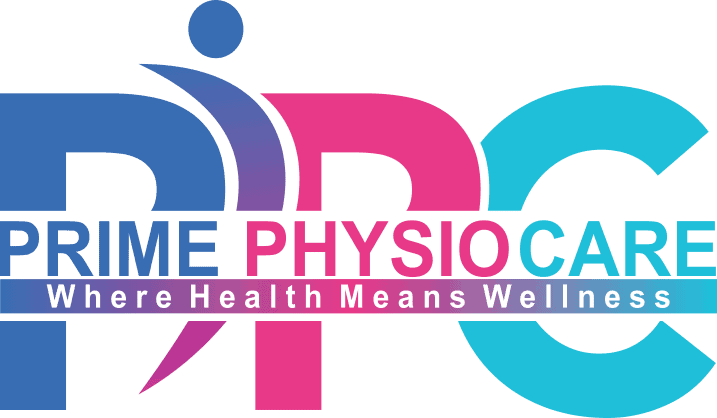Manual Therapy
What is manual therapy?
Manual therapy is mainly used by physiotherapists to restore comfort and functionality in musculoskeletal conditions. It includes joint mobilization and soft tissue mobilization. It is usually specialised hands on technique where the physiotherapist can feel the tension in muscle or joint and then use appropriate techniques to release them.

Manual Therapy & IFOMT
What IFOMT says about manual therapy?
According to IFOMT (The International Federation of Orthopaedic Manipulative Physical Therapists) states that manual therapy techniques are a skilled hand movement in order to have an intension to achieve the following results;
- To improve overall functionality of the joints structures and soft tissue surrounding
- To restore normal range of motion of the joint complex
- To move or manipulate soft tissues and joints in order to restore normal range of motion of the joint complex
- To promote relaxation
- To enhance muscular function
- To reduce or eliminate pain
- To lessen the inflammation of soft tissues
- Reduce inflammation and limitation of movement
There is a standardise scale by which we measure what strength of Mobilisation should be given called Maitland Joint Mobilisation Scale Grading. There are 5 grades in these and each one is more intense then the other, grade 5 being a thrust manipulation.
There is also grading scale for traction. There are 3 grades.
Grade 1 -Takes the pressure off the joint without separating the joint ends.
Grade 2 – takes up the skin and muscle slack and the joint ends are separated.
Grade 3-Joint ends are separated as well as soft tissues are stretched.
(Source physiopedia.com)
In short Manual therapy is a specialised form of treatment used by trained hands in Allied healthcare professionals, of which Physiotherapists being one of them that use it a lot.
So there are different techniques that used in Manual Therapy;
- Joint mobilization – The definition would be that it mobilizes the joint by performing passive movements. It can be at varying speed and amplitude.
- Instrument Assisted Soft tissue Mobilization or in other words IASTM- This technique uses specific specialised tools to mobilise the soft tissues to regain functionality and reduce pain.
- Joint manipulation – It is a Therapeutic passive high velocity and low amplitude movement on a joint structure obviously not going beyond its limitations. The idea is to restore functionality.
- Lymphatic Drainage. It’s a specialised therapy that helps to daring the lymph manually. It is particularly useful after surgeries that involve lymph nodes.
- Traction – This involves pulling up joint structure to replenish the synovial fluid.
- Trigger point release or Myofascial release- where the muscles tend to form ‘knots’ at places where there is build-up of lactic acid. This creates stress in whole muscle tissue and thus becomes the point of pain. This technique is to “iron out’ the knots.
- Passive Range Of Motion -Where the joint is moved by the therapist completely thru out its Range.
- Active Assisted Range of Motion -This is where the joint is moved by therapist as well as by the patient’s own effort.
- Massage –Different techniques of Therapeutic massage is used. some of which are:
- Effleurage (Stroking)
- Petrissage
- Tapotement
- Frictions
- Vibrations
How can you book an appointment?
We aim to see you within 24 hours so contact us to make an appointment or to find out more information on how we can help you, please call us on 07515280990 or email us primephysiocareluton@gmail.com
